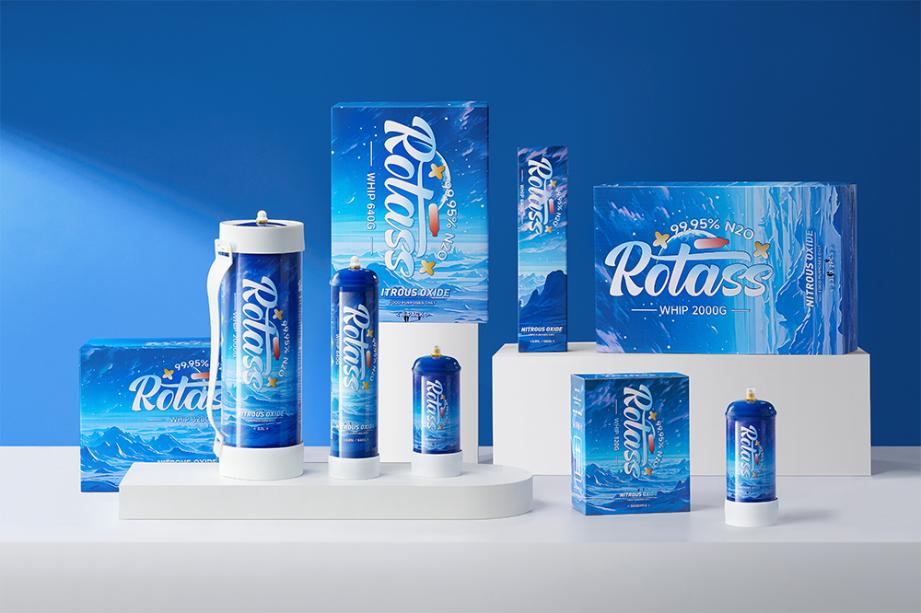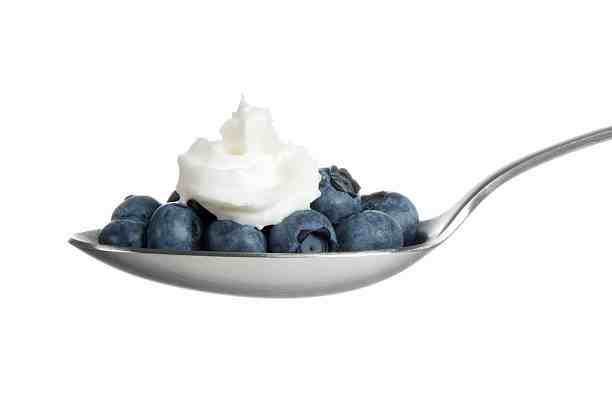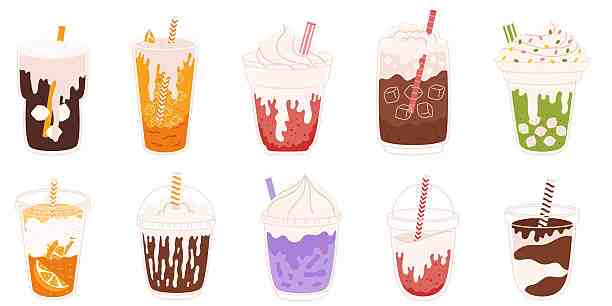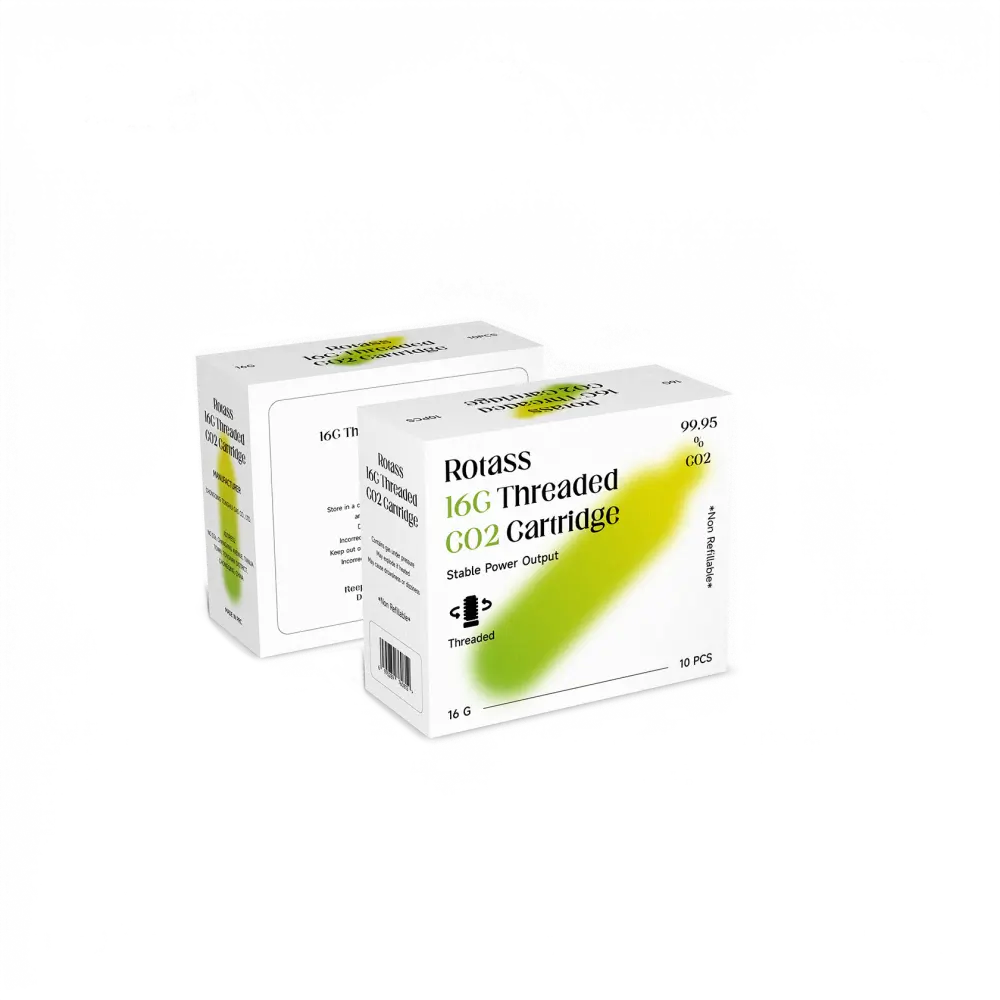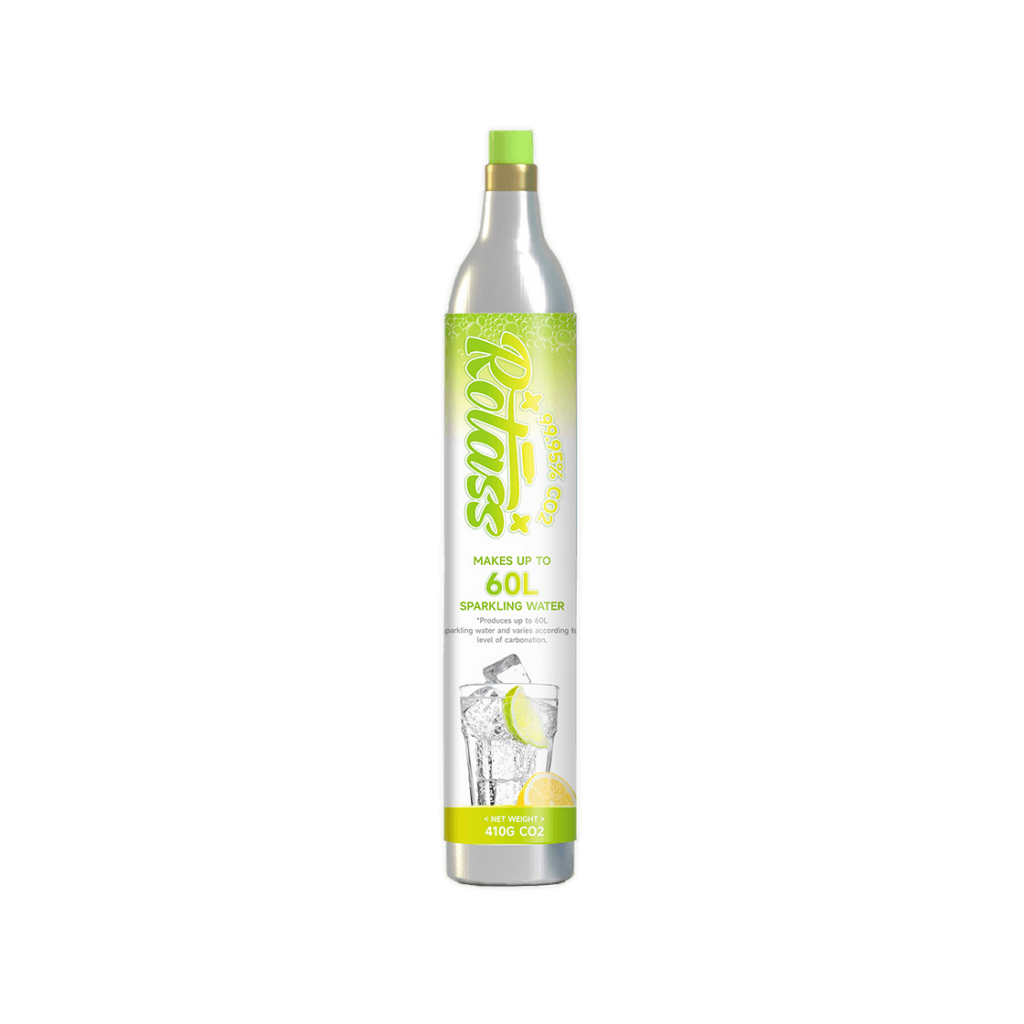2025 / 11 / 04
Why Food Grade Carbon Dioxide Makes Food and Drinks Taste Better?
Table of Contents
When carbon dioxide is mentioned, most people think of “it’s a waste gas produced during human respiration,” and some even think it is just a “harmful gas.” However, in food, carbon dioxide can make food more delicious and palatable when used appropriately.
From the fizz in carbonated drinks to fluffy pastries and rich desserts, CO₂ forms the backbone of modern food processing. This paper provides a look into what makes food-grade carbon dioxide unique and how it adds to the taste and texture of foodstuffs, hence making it one of the prime ingredients used in the food industry.

What Is Food Grade Carbon Dioxide?
Food-grade CO₂ is a type of CO₂ gas that meets the strictest standards of purity and safety, making it usable in food and drinks. Unlike industrial-grade CO₂, which may have impurities that can be consumed, food-grade CO₂ is filtered and purified to ensure that it is 99.9% pure or higher.
It is a naturally occurring gas that can be captured from fermentation or chemical processes and then purified through several stages to remove contaminants. Once purified, it becomes suitable for direct contact with foods, drinks, and packaging.
Since it is colorless, odorless, and tasteless, food-grade CO₂ does not affect the natural flavor of food; instead, it enhances sensory qualities such as freshness, texture, and aroma. Be it carbonation, whipping, or preservation, it helps manufacturers ensure that their products are of consistent quality and at the same time provide enjoyable eating and drinking experiences.
How Food Grade CO₂ Enhances Food and Drink Flavor

At a molecular level, carbon dioxide interacts with water to form carbonic acid — a weak acid that gives beverages their characteristic tang and sparkle. This slight acidity and effervescence stimulate taste buds and heighten our perception of freshness.
Moreover, CO₂ adds texture: the bubbles of gas in drinks or whipped products contribute to flavor delivery, offering a pleasing mouthfeel and a refreshing sensation. It also helps preserve the volatile aromas, so important to taste.
So, when we say CO₂ “makes food and drinks taste better,” that is not about adding flavor but improving their sensory experience with texture, freshness, and acidity.
Applications of Food Grade Carbon Dioxide in the Food Industry
Food-grade carbon dioxide is one of the essential gases in the food processing industry. Its uses range from injecting carbon dioxide into soft drinks to whipping cream and preservation of baked goods. Let’s take a close look at how food-grade carbon dioxide works its magic in different food categories.
Carbonated Beverages: The Refreshing Sparkle
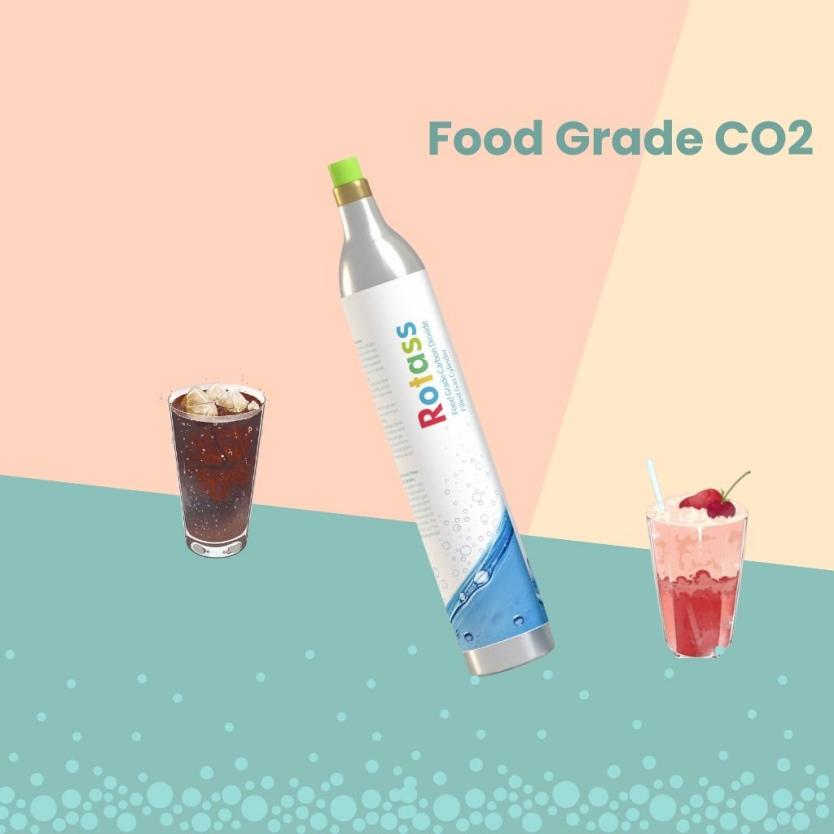
In daily life, when you shake a carbonated drink vigorously, you can see bubbles emerging the moment the cap is unscrewed. This is because carbon dioxide has been injected into the drink, thus forming many tiny carbonated bubbles. These small bubbles act as the “atmosphere” of carbonated drinks and can help regulate the acidity and taste of the product. When a person drinks it, the carbonic acid bubbles released burst in the mouth and throat, stimulating the sensory cells and giving a refreshing feeling, making the taste better.
In addition to large-scale beverage production, household users and cafes also use 8g CO2 chargers to make sparkling drinks on demand. These small pressurized gas cylinders can directly inject carbon dioxide into water or other liquids, providing a convenient way to enjoy homemade carbonated beverages.
Bakery and Dough: Helping Texture and Preservation
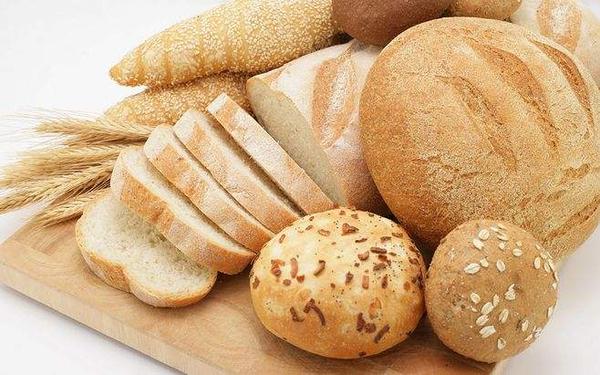
During baking, carbon dioxide plays an important role not only in the fermentation stage but also in maintaining the product after production. Adding baking powder during dough kneading will speed up the rise of the dough. The carbon dioxide produced during the rising process will be trapped by the gluten network to form small bubbles, making the dough fluffy. Not only that, but the carbon dioxide also makes the dough rise. During the baking or steaming process, the heated carbon dioxide will expand rapidly, which makes the dough softer and forms a soft texture that people love.
Besides, food-grade carbon dioxide is also utilized in baking packaging. Carbon dioxide replaces oxygen in sealed containers to retard spoilage of food and growth of mold. This technology, known as MAP, for modified atmosphere packaging, extends the shelf life of baked goods without adding any additional preservative ingredients.
From the start of yeast fermentation to the time baked goods reach the table, carbon dioxide works in silence to influence not only the texture and flavor but also the shelf life of the products.
Candy and Snack Production: Unique Texture Creation

The use of carbon dioxide is not restricted to drinks and pastry; it can also be used to create joy and novelty in candy and snack production. When people put popping candies in their mouths, the carbon dioxide gas inside them expands rapidly with the saliva on their tongues, creating a multitude of tiny explosions that give off a sensation similar to jumping. Therefore, such popping candies in one’s mouth give a feeling as if they are constantly jumping on the tips of a person’s tongue, jumping around playfully like little fairies dancing on the tip of one’s tongue. The “jumping” of popping candies at the tip of the tongue is actually an “explosion” of carbon dioxide.
Carbon dioxide in the production of snacks can be used to enhance crispiness or breathability of the product to help producers achieve a lighter, crispier texture. These innovations indicate that food-grade carbon dioxide continues to inspire creativity in the food industry.
CO₂ in Food Preservation and Storage
Besides its role in flavor and texture, food-grade carbon dioxide is also an effective preservative agent. In general, when it is used for packaging or refrigeration, carbon dioxide inhibits the growth of bacteria, yeasts, and molds.
For perishable products such as meat, cheese and ready-to-eat foods, CO₂ can extend the shelf life without the need for artificial additives. In improved atmosphere packaging, CO₂ usually works together with nitrogen to replace oxygen – the main driver of oxidation and spoilage.
This makes CO₂ an environmentally friendly and efficient choice for food manufacturers to reduce waste and maintain product quality throughout the distribution process.
Conclusion

With the continuous update and improvement of food safety standards, the strictness of regulations on the use of carbon dioxide is also increasing. This gas, which was once misunderstood and despised by people, may still offer people more new choices of healthy, safe and delicious food. For professionals and home cooking enthusiasts, carbon dioxide opens the door to creativity and brings more delicious results. Whether you are inflating beverages or perfecting desserts, having a reliable source of carbon dioxide is of vital importance.
If you are looking for high-quality 8-gram carbon dioxide gas bombs or milk gas bombs, ROTASS offers you safe, stable and efficient premium solutions. Experience the intangible power of carbon dioxide and let your culinary works truly shine.


